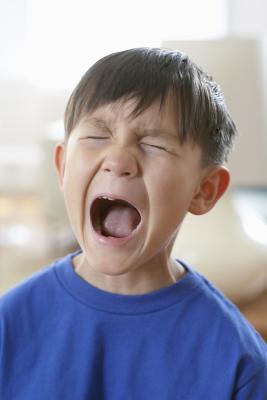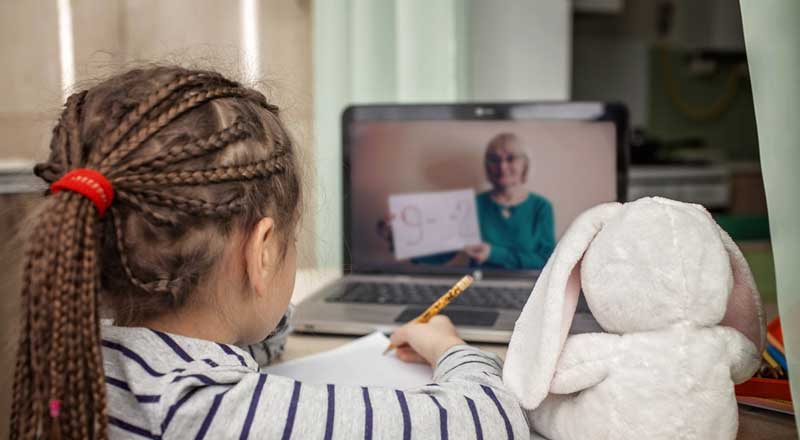Many educators, administrators, counselors, doctors, specialists and parents want to support children who exhibit behavioral problems, but first require a clear diagnosis. Diagnosing behavior problems is not a single-step process, and often demands consistent observation of the child in various contexts and clear communication between the adults and peers in the child’s life. Armed with enough valid evidence, adults can settle on a diagnosis and begin the process of establishing short-term and long-term behavioral objectives for the child.
Step 1
Identify specific concerns. If a child shows difficulty at day care, school, home or in extracurricular activities, ask adults supervising the child to watch for typical triggers, which may include social interaction, time of day, diet, energy level, emotional issues or learning problems.
Step 2
Record instances of behavioral issues such as defiance, lack of response, violence, bullying, extreme emotional reactions, aggression, tantrums and other displays of disruptive behavior. Include time of day, context, specific behaviors, time span and consequences on these observational reports.
Step 3
Consult with the child’s teacher, counselor and pediatrician about these observations. Include any relevant information about family medical and mental health history, as well as any recent changes in the home or school routines.
Step 4
Request an in-depth consultation or behavioral testing with the school’s counselor, your pediatrician, a children’s therapist or a behavioral specialist the pediatrician recommends. Bring a folder with your child’s academic, medical and specialists’ records in a folder.
Step 5
Utilize professionals’ recommendations to determine the veracity of the behavioral diagnosis. Sometimes identifying a common behavioral problem is a matter of eliminating certain possibilities before settling on a distinct issue. If the prescribed treatment plan has little to no effect, you may need to consider other behavioral problems.





